- What do home bugs look like
- How parasites breed
- Goose eggs
- Larvae in the apartment
- Signs of the appearance of bugs in the apartment
- The most dangerous bug
- Shields
- "Harmless" bug soldier
- Forest inhabitant - forest bug
- Woodbug - a harmless guest in urban apartments
- Bug bug - pest of cereal crops
- Waterbug Gladysh
- Bedbug predator
- Home Bedbugs
- Bed bugs
- Signs of the appearance of bugs
- Triatom bug
- Soldiers
- Shields
- Forest bug
- Wood bug
- Bug bug
- Water bug
- Bed bugs predators
In the suborder of insects, there are about 40,000 types of bugs. Red, green, brown, black bugs, with bright splashes and drawings on the shell, predators or herbivores, harmless and deadly - they all are related to each other. You can meet insects everywhere: in a forest, garden, park, garden, in your own apartment. The presented photos of bugs will help in the smallest details to consider the features of each species.
What do home bugs look like
Most of all annoy a person bed bugs. Home and bed - the name of the same insect. Depending on the chosen place for settlement, other names apply to parasites:
Do not confuse bed parasites with dust miteswho also live in the apartment. A dust mite except for places of residence has nothing to do with an apartment bug.
Adult representatives are small in size. The body length of a well-fed individual barely reaches 0.9 mm - 1 cm. Females are larger than males. The body of a hungry parasite is strongly flattened and almost invulnerable to mechanical influences. After the feast, it increases and changes color from light brown to saturated brown. To consider in detail changes in size, look at the photo of bed bugs before and after the meal.
For one meal, home bugs drink an amount of blood that is twice their own mass.
Indoor bedbugs are not able to flybut they move relatively quickly, overcoming one meter per minute. With a careful study of the photo of domestic bugs, you can see that, compared with the body, the head is very small and differ in a triangular shape. Jaws fused into a proboscis, equipped with two channels. One serves to pierce the skin, the second - to absorb food. The life cycle of a home bug 12-14 months.
How parasites breed
Mating bugs occurs through traumatic insemination. The male pierces the female’s abdomen and introduces sperm into the resulting hole, which is subsequently collected in a special section and formed into eggs. The hole on the abdomen heals over time and a spot forms in its place. Bed bugs have several such neoplasms, the number of mating can be calculated by their number.
In hungry times, the female uses unformed eggs as a source of nutrition.
In order for the female to lay her eggs throughout her life, one mating is enough for her. Males are very loving and can mate up to 200 times a day. They are illegible in choosing a partner and show interest in other species of insects, nymphs, males from their own nests.When inseminating another male, he acts as a "sperm bank." As a result, the female gets a kind of cocktail from the genetic material of a large number of males.
Goose eggs
A fertilized female lays eggs in batches, in one egg laying there are from 6 to 12 eggs. The photo below shows how what do bedbug eggs look like. They differ in tiny size, white color and oblong shape. Eggs are reliably protected by a strong transparent shell that can protect them even from exposure to most insecticides. There is a miniature lid on the eggs, which can be seen only upon close examination.

Larvae in the apartment
A few days later from eggs appear larvaewhich are called nymphs. For development, they need regular nutrition, therefore, unlike adults, nymphs go hunting more often. The larva grows 30-40 days, during which time it sheds 5 times - it updates the carapace, which is already small for it. Chitin shells can be found in bed, along the route of the nymph, directly in the nest and other places in the apartment.
Signs of the appearance of bugs in the apartment
It is rare for anyone to meet a wandering “pioneer” in an apartment. Most often, bed bugs give out their presence when the population has grown significantly. In the daytime, domestic parasites hide in hidden dark places: under the mattress, in bed, under the upholstery of upholstered furniture, in crevices, under baseboards, in furniture, and in clothes. Where do bugs prefer to accumulate in the house - parasites try to settle closer to their victim directly on the bed. In the predawn time they become more active and begin to bite their victims. Bedbugs painless, due to the fact that saliva contains an anesthetic.
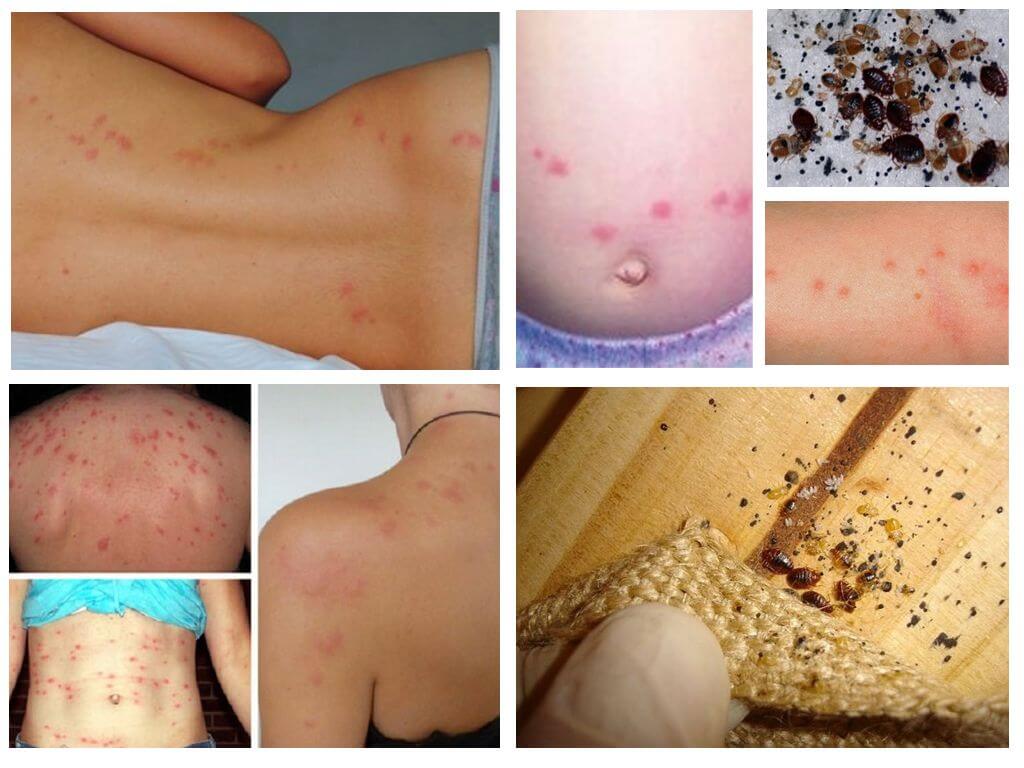
It is possible to distinguish that it was homebugs that bit it, according to certain signs:
- tracks from 3-5 bites:
- swelling with a puncture in the center and a bump;
- severe burning and itching.
Bloody spots on bedding, small black balls - excrement of home bugs, which can be found on the walls, under wallpaper, on cabinet furniture, a specific cognac smell of rotten raspberries - all these signs indicate that there were household bugs in the apartment.
Parasites are not disease vectors. Their bites can provoke allergic reactions, the presence of bloodsuckers in the house interferes with normal sleep and comfortable living. How to get rid of house bugs in an apartment, everyone decides for himself. To do this, you can try to make independent attempts or contact specialized insect killing services.
The most dangerous bug
The most dangerous types of bugs are triatoms. Despite their romantic name “kissed”, they pose a serious danger to human life.
The detachment has about 130 species and almost all are carriers of the deadly virus - Chagas disease, which can be cured only at the initial stage. For this reason, they are most often called killer bugs. 50,000 people die from Chagas disease each year.
The size of kissing bugs reaches 3 cm. Color varies from dark brown to black. The shell is decorated with characteristic stripes of yellow, orange or red. Consider what it looks like killer bugs, most of the inhabitants of the planet can only in photographs, because dangerous insects live in South America. According to the observations of entomologists, 95% of individuals live in the wild and only 5% prefer to live in rural houses and farm buildings.

Shields
Shield guards are a large family of bed bugs. You can meet them almost anywhere: in the courtyard of the house, on a personal plot, in a forest, in a field, in a square, in flower beds. Bed bugs are called because of the shape of the body. If you look at it from above, then it is an irregular pentagon. For all representatives of the genus Shield, specific discharge from odorous glands is characteristic, which play the role of pheromones and a deterrent for enemies. Because of this, they got an offensive nickname: stink bugs.
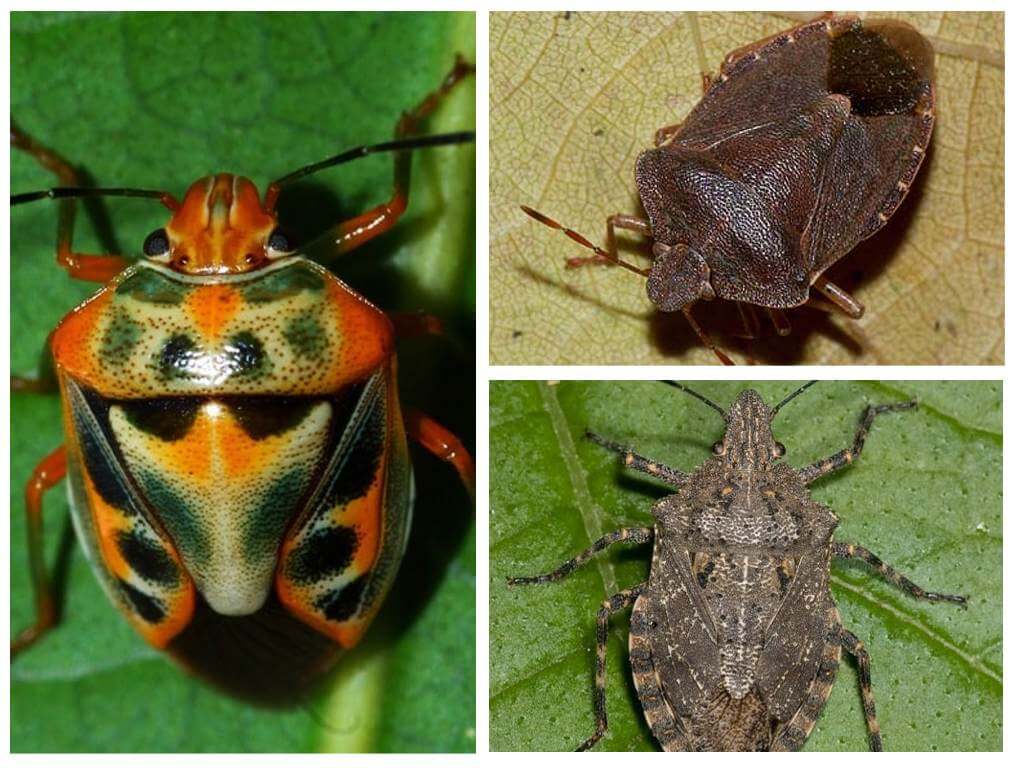
For a species of bug bugs, an attack on a person is not characteristic. Most of them feed on plant juices, in rare cases, the remains of dead insects.
In Europe, there are about 70 species of shield bugs.
"Harmless" bug soldier
Appearance bugs of soldiers distinguishes them from the whole bedbug family, thanks to the red-black ornament on the shell. The size of the body does not exceed 9-10 mm. The insect is thermophilic and lives throughout temperate Eurasia. Bedbugs soldiers lead a colonial lifestyle, colonies are most often found near fallen trees, stumps. With the onset of winter, they hibernate and spend this time in the dry crevices of trees, street fences or in outbuildings. In spring, at a temperature of + 10 ° they leave their shelters.
They feed on plant sap, fallen seeds, and dead insects. Insects pierce the stems or leaves of plants and drink juices from them. After the insecticide invasion, young plants die, cease to bear fruit, flower buds fall off. The consequences of the attacks are clearly visible in the photo. Damaged berries, fruits, vegetables become unusable.
The harm of bugs of soldiers to humans is the destruction of agricultural crops, plantations of grapes.

Mating occurs in an unconventional way. For insemination, adults are connected by the back of the body. After fertilization, the female lays pearl-colored eggs in the tissue of plants, approximately 20-30 pcs. After 10-15 days, larvae appear from them. The appearance of the larvae of the bug, see the photo. They differ from adults in miniature sizes and a bright red color without a black ornament.
Forest inhabitant - forest bug
Green shield forest bug It has other names: garden, grass bug. Forest shield bug is sometimes mistaken for a tick. Their differences: a pentagonal shell, under which the wings are hidden. Most often live in forests, sometimes found in city parks. They hibernate under fallen leaves or in tree trunks. Forest bugs feed on the sap of plants, which they pierce with a long proboscis.
The bug can be recognized by its bright original color, the color of which varies from bright green to brown with a complex ornament. Forest bugs, like all types of shield bugs, at the moment of danger produce a specific smell. Odorous glands are also used to attract individuals of the opposite sex.

Forest shields directly propagate at feeding sites. An unusual type of egg bugs, see the photo. Forest protectors are characterized by caring for their offspring:
- the female brings food to small larvae;
- in the absence of suitable places for oviposition, the female lays eggs on the back of the male.
Insects have no tendency to bite people, their only harm is damage to plants. Fires, drought can cause them to leave their natural environment and move to agricultural land.
Woodbug - a harmless guest in urban apartments
The representative of the scutellinus prefers to settle on trees and in the berry. In city apartments gets accidentally. Penetration tree bug Indoors may be due to an increase in population or adverse weather conditions. In most cases, the insect makes independent attempts to get out. The tree shield in the apartment is not capable of causing harm; it does not attack people.
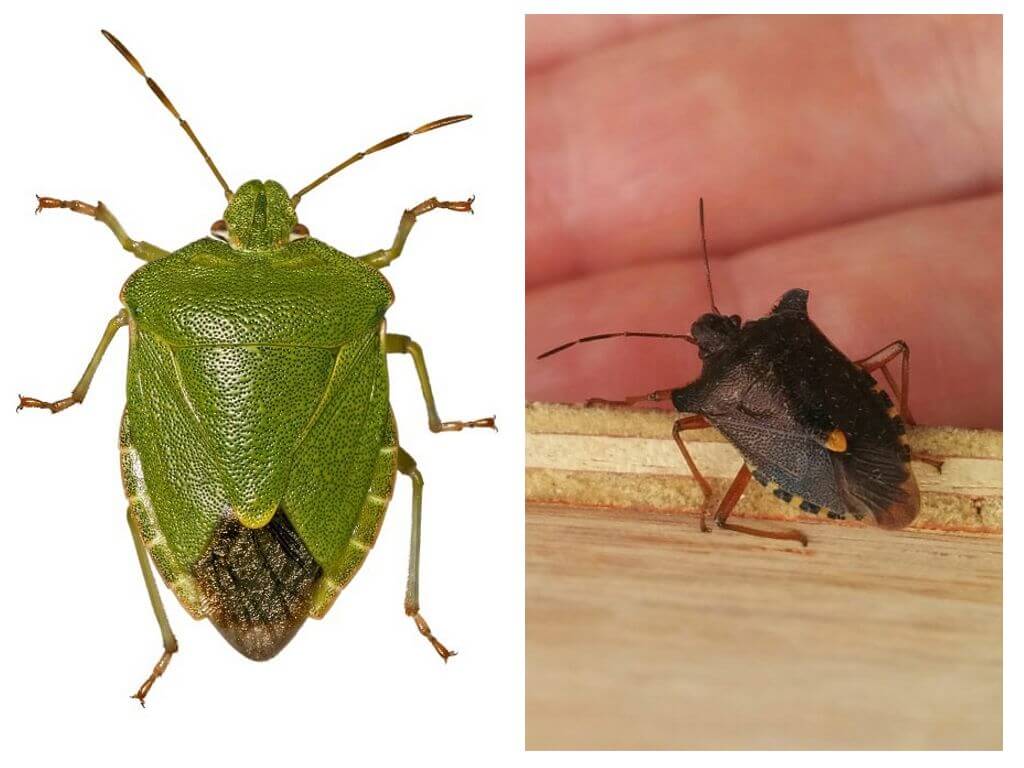
Bug bug - pest of cereal crops
Corpuscle bug bugs small, only 1 -1.3 cm. The main source of nutrition is cereals, which corresponds to the insect's color: yellowish, whitish, light brown, sometimes gray. Insects winter in the forests, in the early spring they begin the search for food - winter crops. Pests fly well and in search of a food base are able to cover a distance of 200 km.
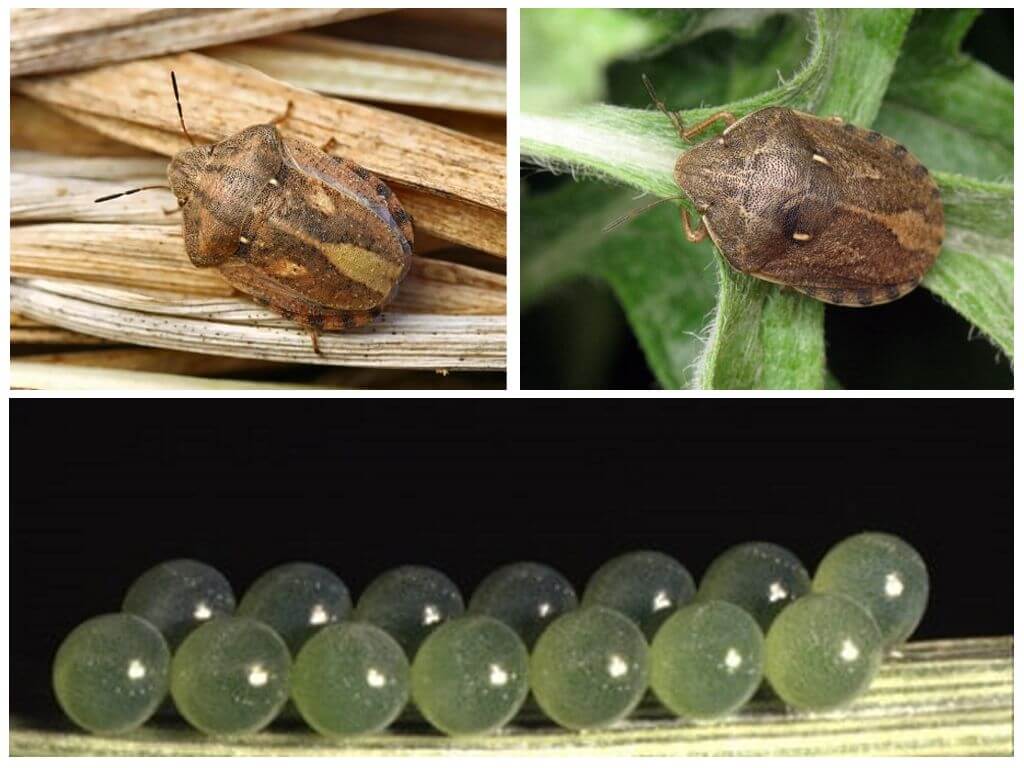
Waterbug Gladysh
A water bug is characterized by unique abilities - it feels comfortable both in the water element and in the air, showing the excellent qualities of a flyer. The bedrock bug justifies its name - an absolutely smooth body of a light color, similar to a boat. The size of the bugs does not exceed 15 mm.
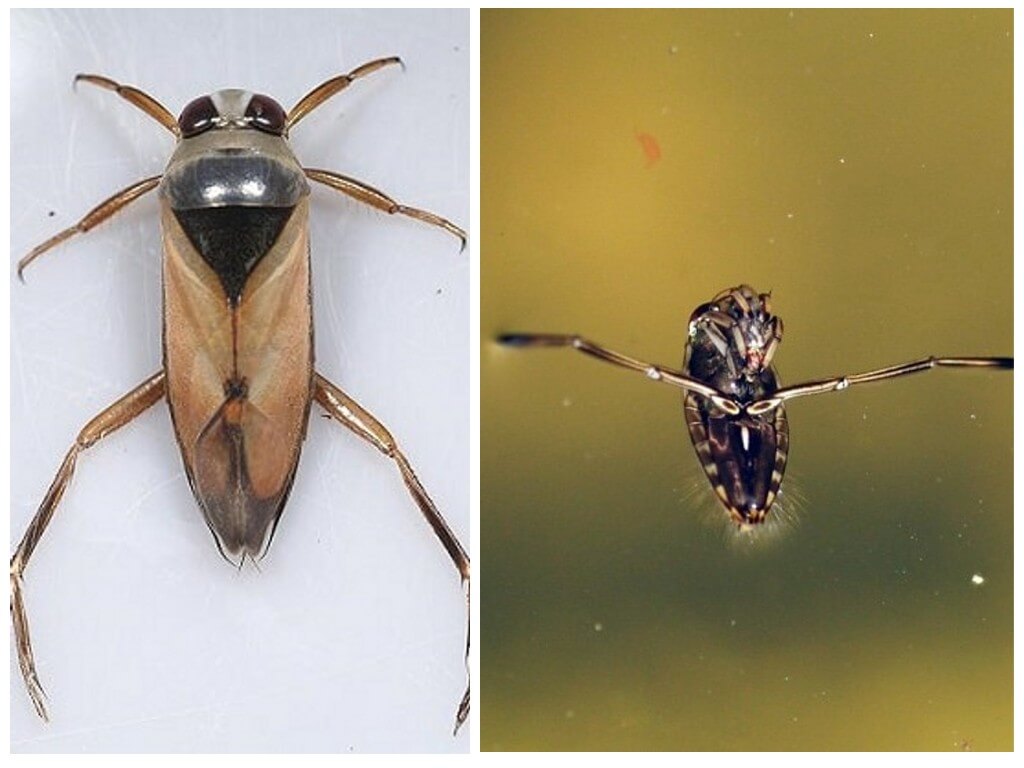
Insects are predators, feed on small arthropods and other types of insects, are able to attack fish fry. They live in freshwater bodies and hunt with an inverted abdomen. Eggs are securely hidden on the underwater parts of plants or the bottom of a reservoir. A larva hatches from an egg; in the process of maturation, it sheds 4 times. The discarded carapace is often mistaken for a living individual. A predatory insect does not prey on a person; it can bite only when it is picked up. In the southern latitudes there are giant water bugsWith dimensions of up to 10 cm, they prey on large fish, which is why they have earned a reputation as fish killers.
Bedbug predator
Bed bugs predators - a numerous genus, in total there are about 7,000 species. About 90 species inhabit the territory of the CIS countries, the rest are distributed in the countries of Europe, North America, and Africa. Small bugs are rare, mostly large predators. Color of the most diverse. In temperate latitudes, brown is brown, black, in the tropics bright red, green, yellow colors prevail.
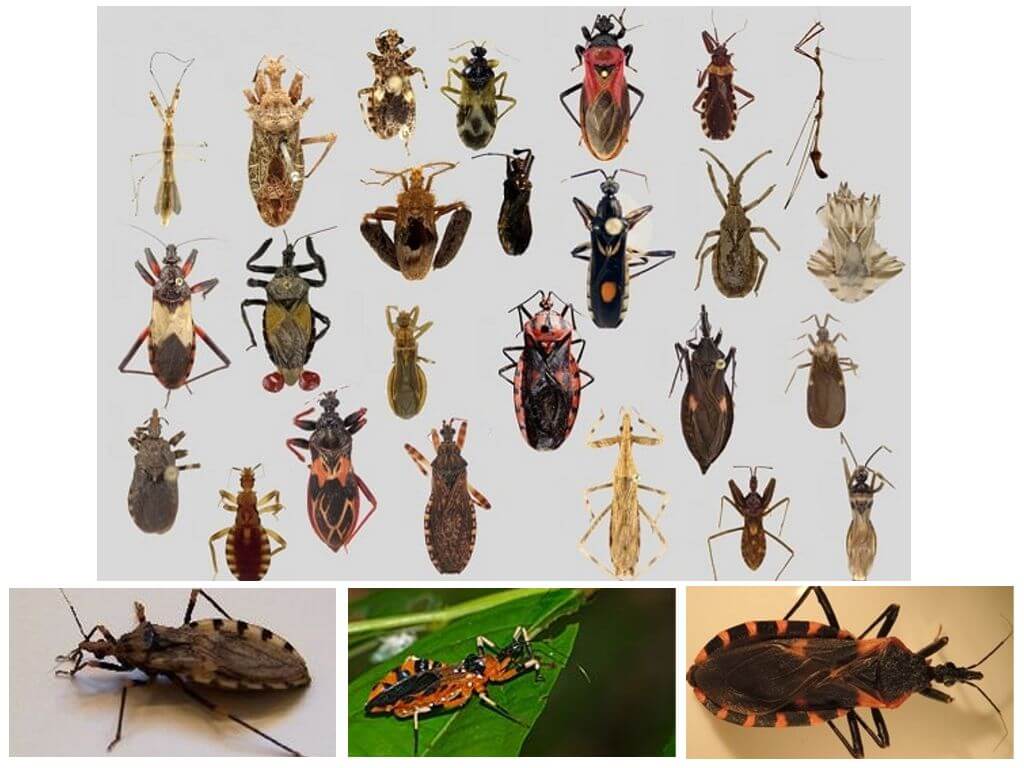
Domestic predators are found in forests, in fields, between stones, in rodent burrows, and occasionally end up in residential buildings. The peak of activity occurs at night, when they go hunting. They feed on insects or the blood of small mammals. Tropical individuals do not mind eating human blood.
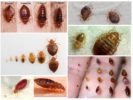
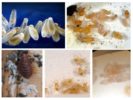
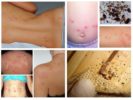
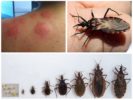
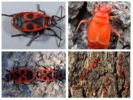
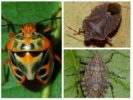
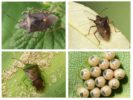
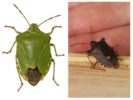
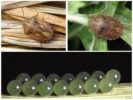
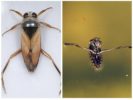
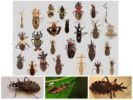
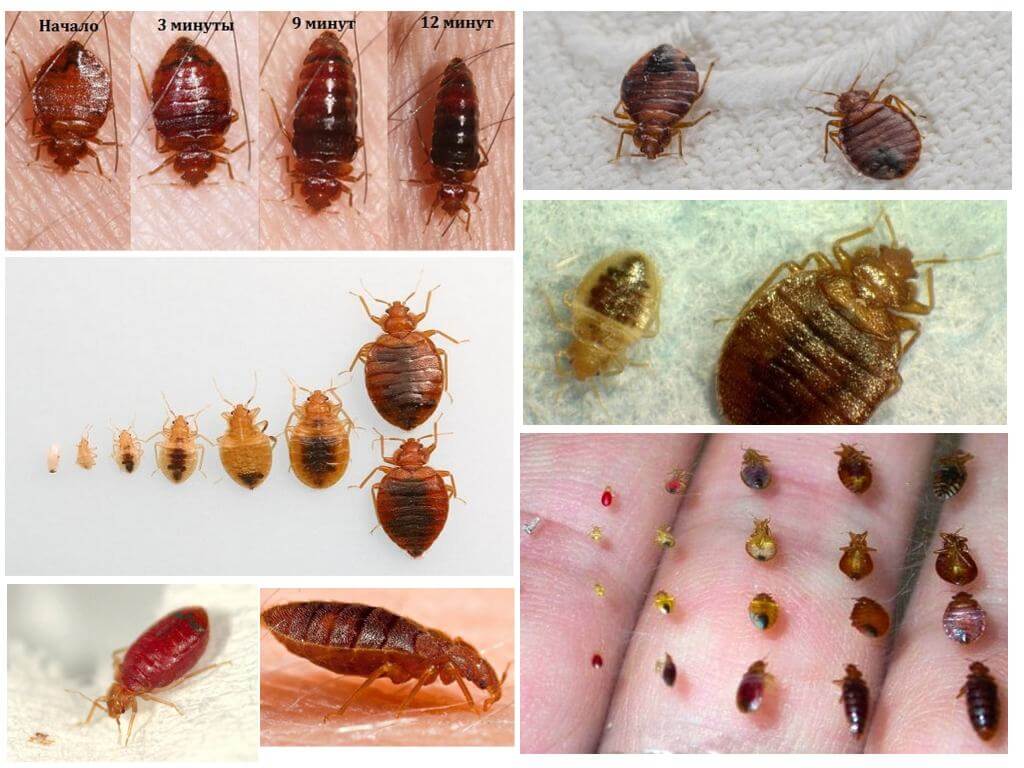
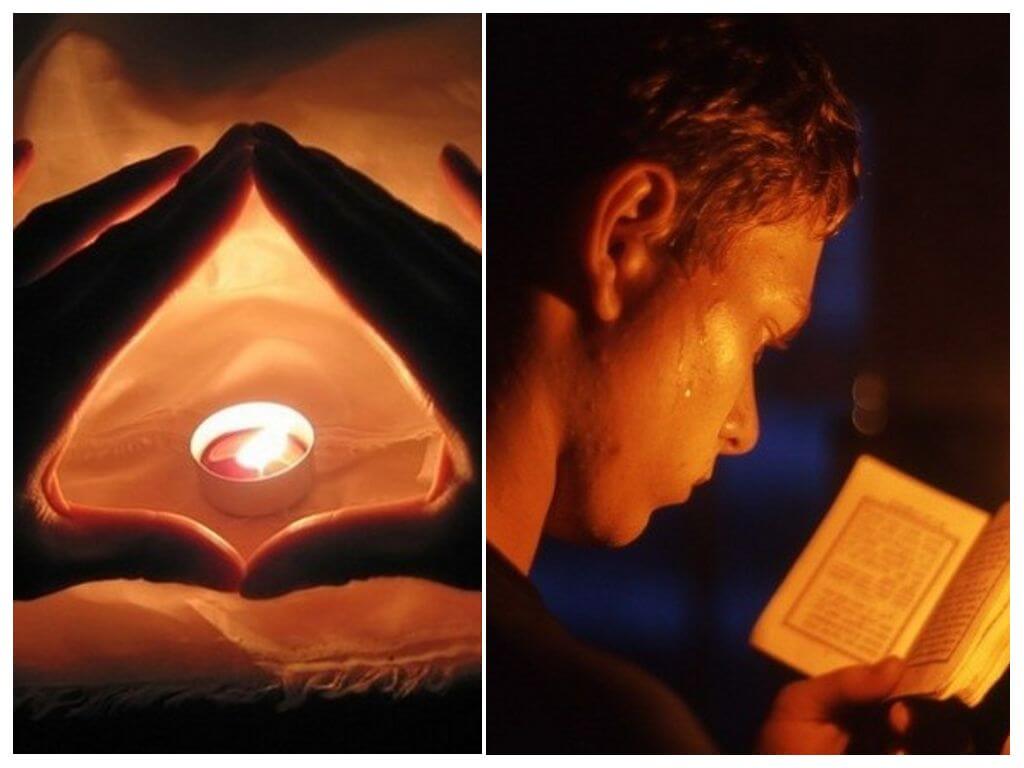
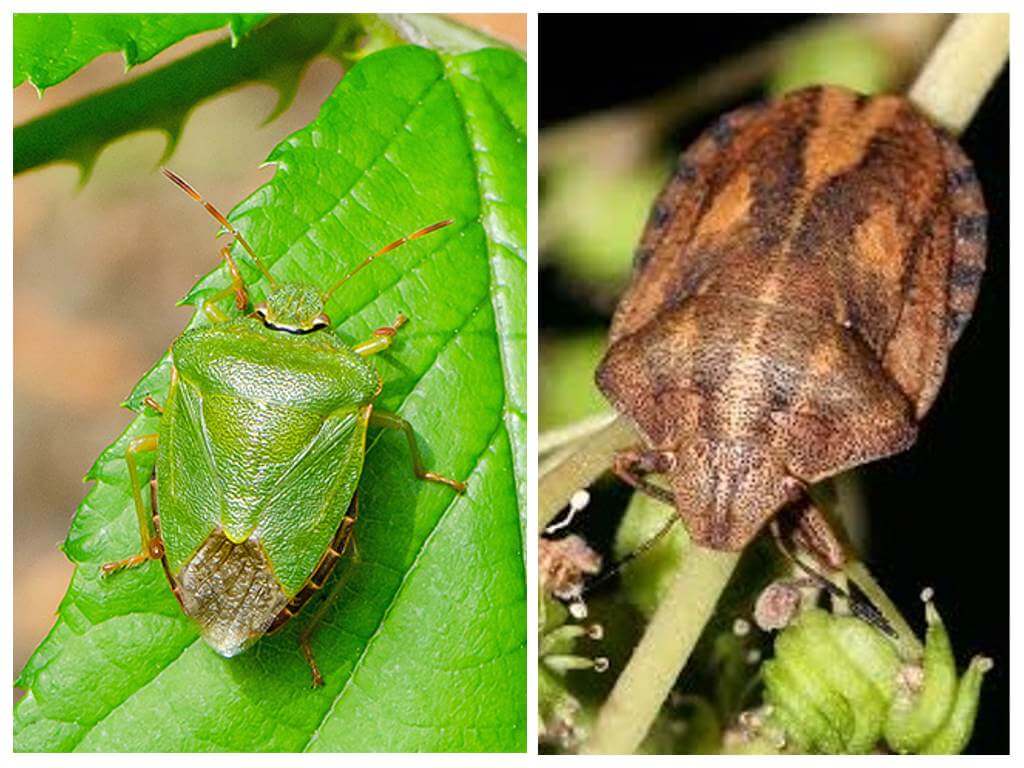
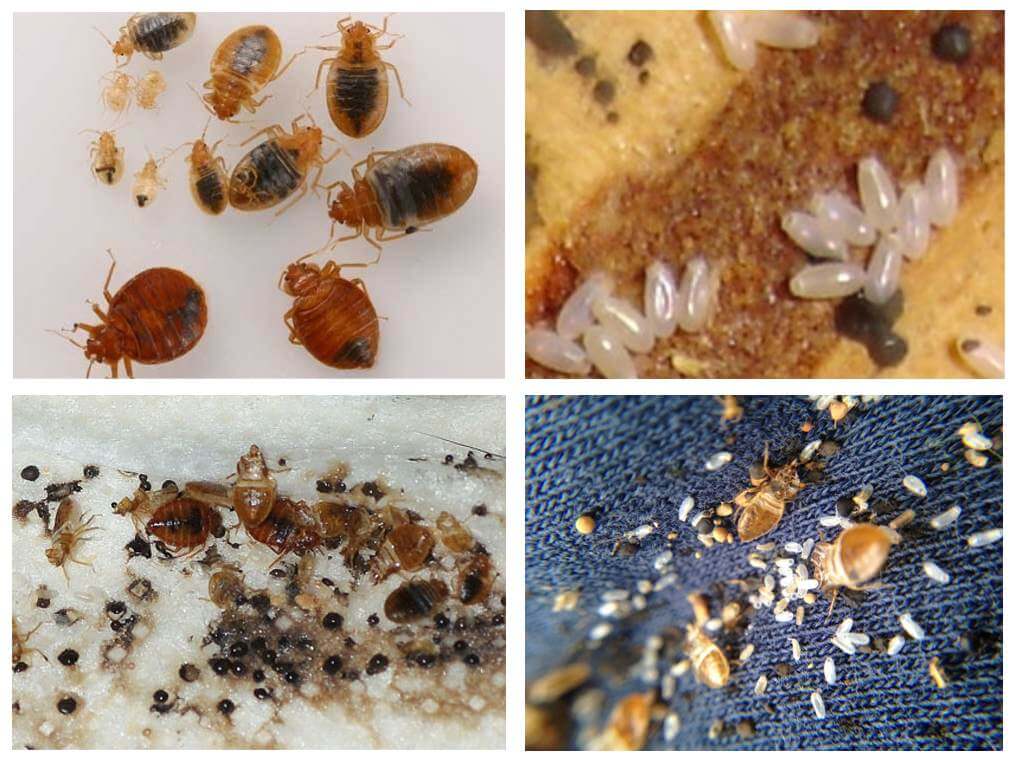
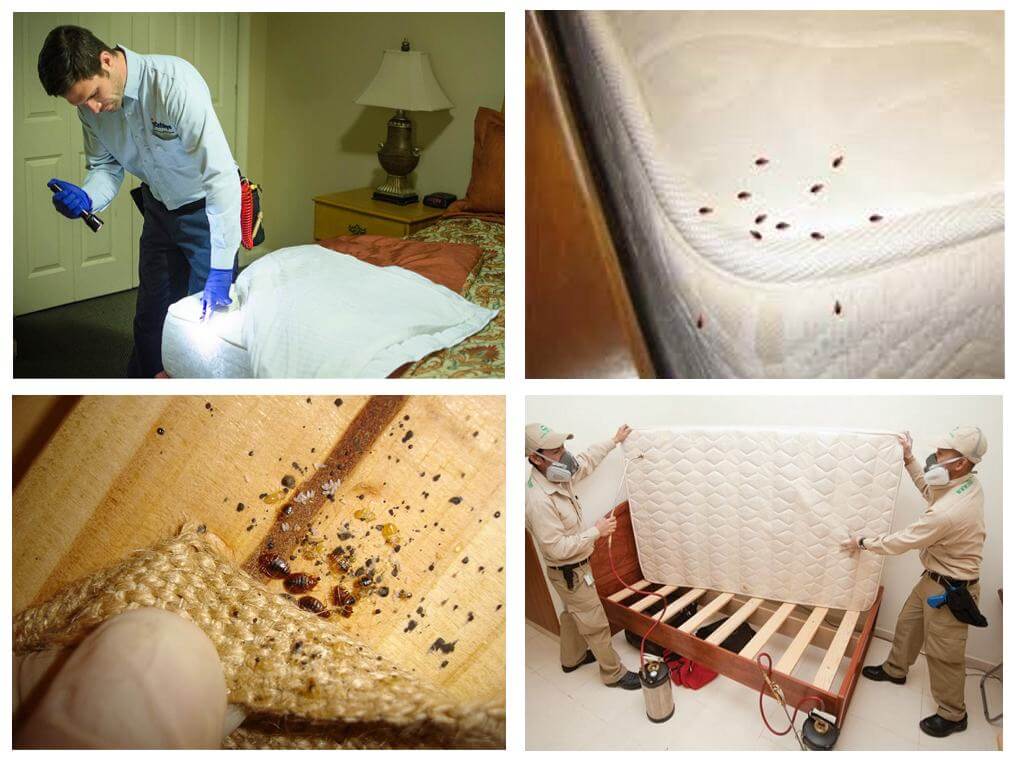
Found one dead bug in bed in the morning, I hope he was the only one in the apartment (((((
It is very rare that one bug is in the apartment. Try to look for them in the most frequent places of their habitation more here https://pestpro.bigbadmole.com/en/klopy/vse-o-klopah/gde-zhivut-klopy/